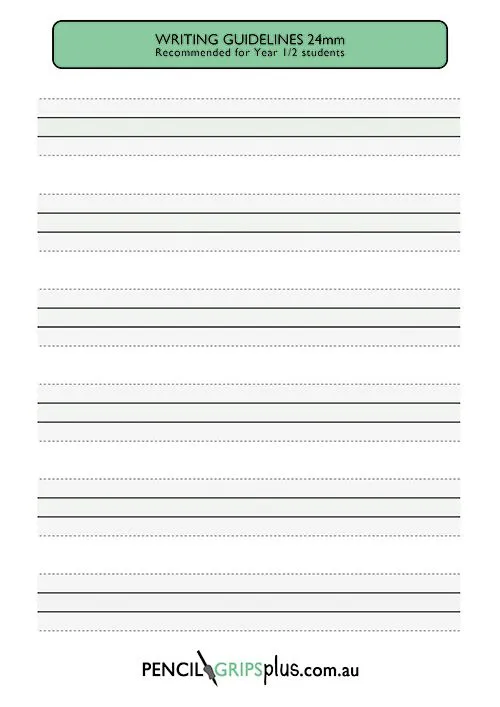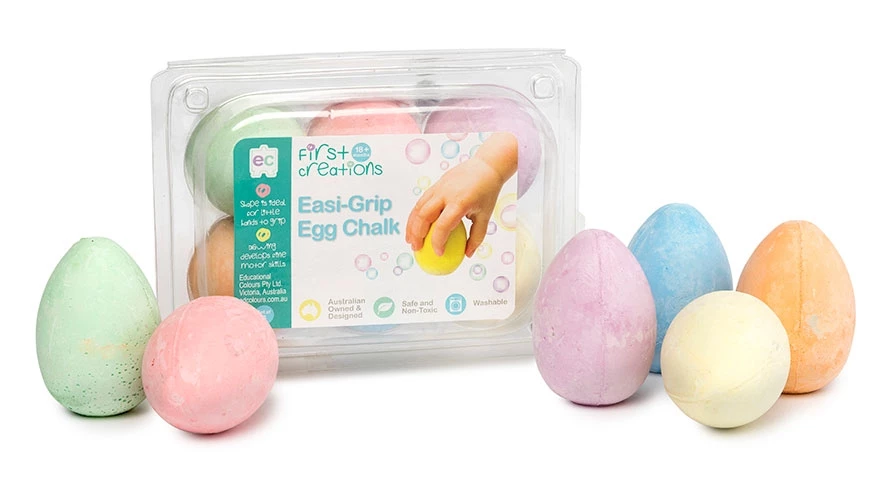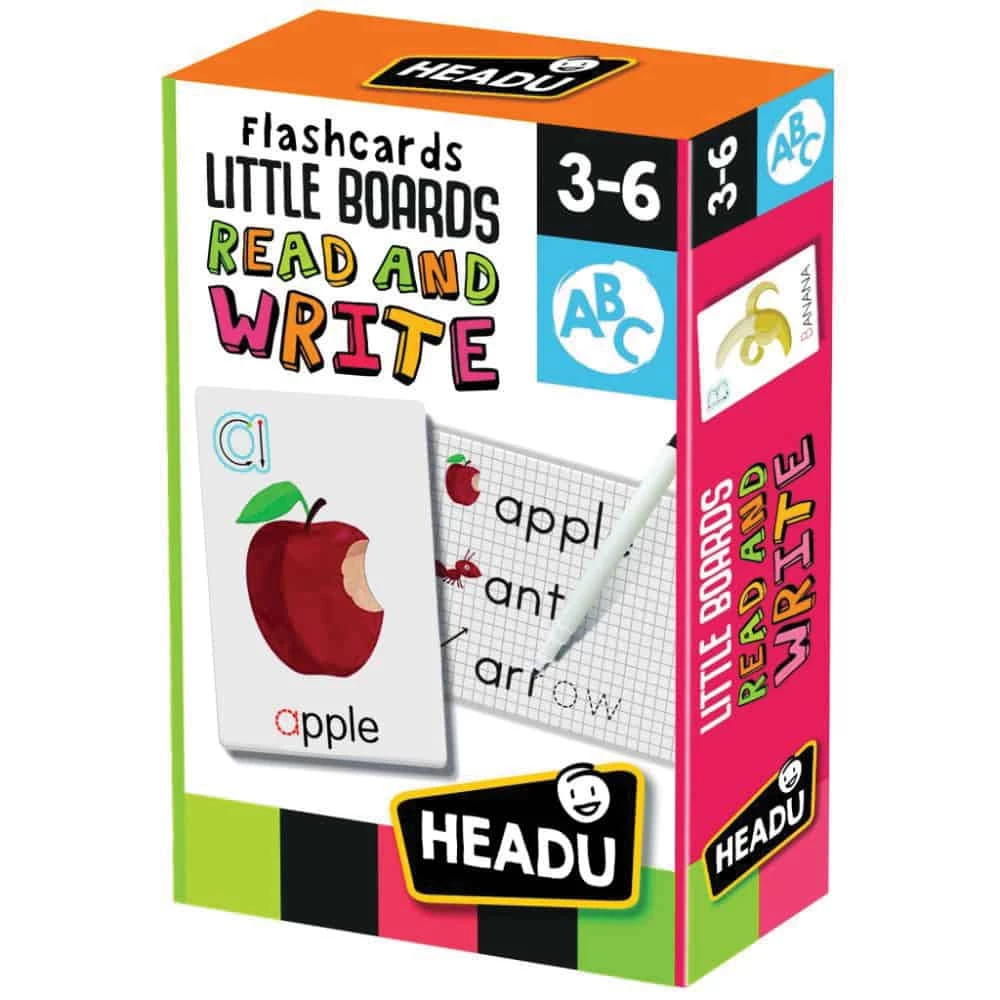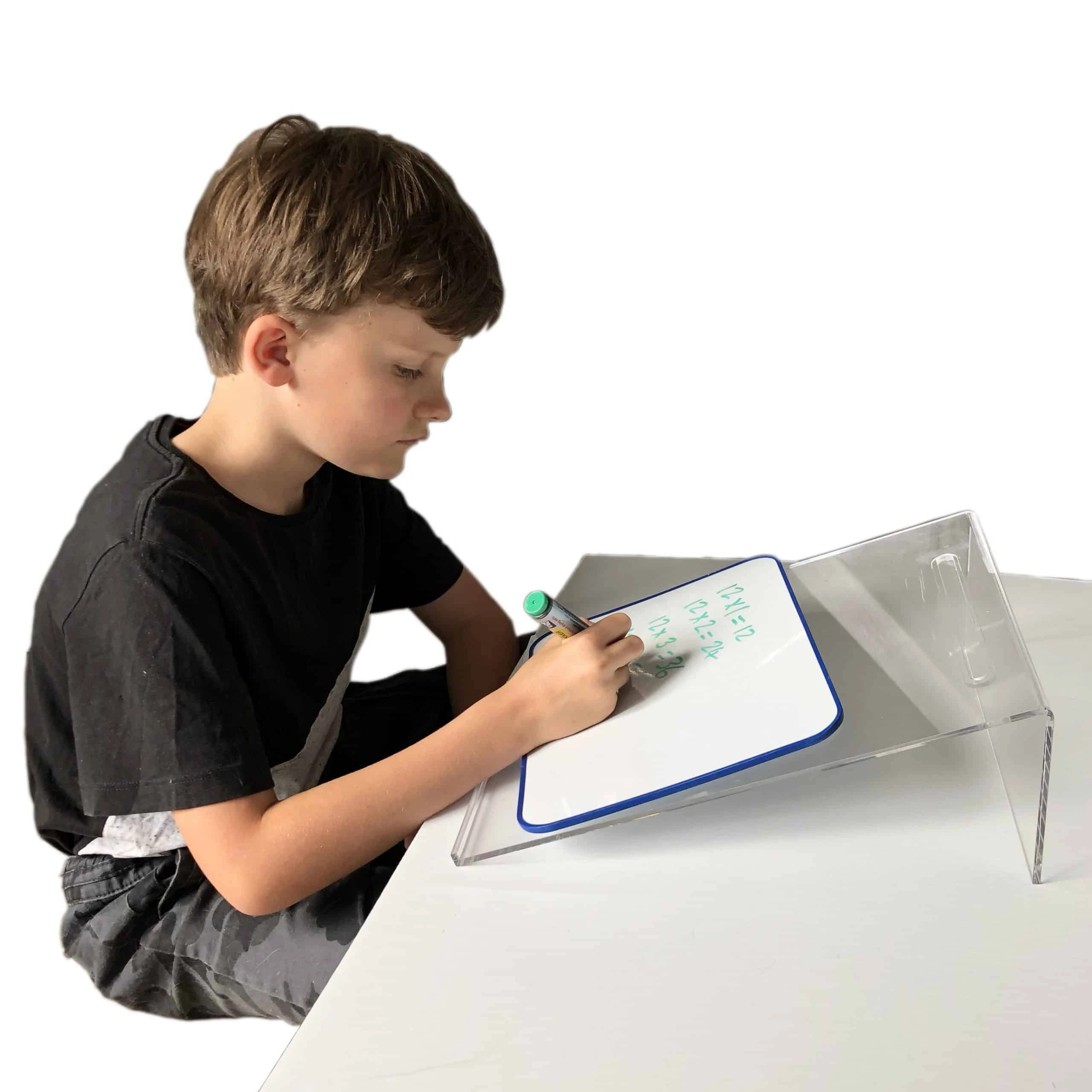Depending on your child’s diagnosis, Autism can and does affect how they learn. While not classed a learning disorder, research suggests students with autism experience challenges across several learning areas, including and not limited to writing.
Learning to write is a critical stage in any child’s education, and the process of writing can be extra challenging for children on the autism spectrum. Writing requires motor planning, attention, coordination, muscle strength, organisation, language skills, and sensory skills, and your child may not yet possess all of these.
It sounds overwhelming, and it is overwhelming for many children on the spectrum. But you can help your child at home by following some simple steps. By practising these steps at home, you’ll be setting your child up for success in the classroom.
Common writing issues for children with Autism

- They can’t hold a pencil
- They’re easily distracted
- They have messy handwriting
- They focus on what is being written instead of the goal of writing
- They have difficulty putting their thoughts on paper
- They have difficulty following complex instructions
- They have difficulty planning what to write.
Build basic skills

You can start by helping your child build basic skills that will make it easier for them to write. Follow these simple tips:
- Show them how to hold a pencil the right way. Don’t be afraid to start teaching your toddler this; they can learn from 3 years old.
- If your child has sensory issues, consider offering them a weighted pencil to help improve muscle control.
- Strengthen their fingers and muscles with squeezing exercises using playdough or stress balls.
- Use crayons and chalk to build fine motor skills. Make it fun.
- Use sloped surfaces to strengthen the wrist muscles needed for writing.
- Use special paper, such as tactile paper with raised top and bottom lines, to add sensory cues to writing material and help students stay within the lines.
- Ask them to copy shapes and letters you’ve drawn.
Help them expand their vocabulary

By helping your child expand their vocabulary, you help them learn how to express their thoughts and feelings differently. For instance, choose a word, like “happy,” and use it in a sentence. Then teach them other similar words, like “cheerful,” “glad,” “joyful,” and get them to use them in a sentence. Read and Write Flashcards are a valuable tool when teaching vocabulary.
Be patient and sensitive

When teaching younger children how to write, be patient and make it fun. The more they enjoy it, the more they will want to do. Recognize signs of frustration or lack of attention and factor in break times where necessary.
Most problems with communication, attention, and motor skills are challenges you can overcome if you use the right techniques. It will take time and commitment, but it will set your child up for success during their school years.
And remember, the way you approach any therapy should reflect your child’s individual needs. Each day will be different. Take it one day at a time.
Why choose Sister Sensory?
We are a sensory toy shop passionate about providing sensory toys for autistic and neurodiverse children in Australia.
We ensure the designs of our autism sensory tools and chew toys drive your child’s imagination and creativity while boosting their skillsets.
Shop our range of writing solutions today, or opt for our fantastic writing bundle pack.








